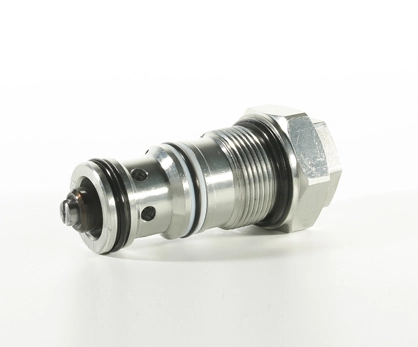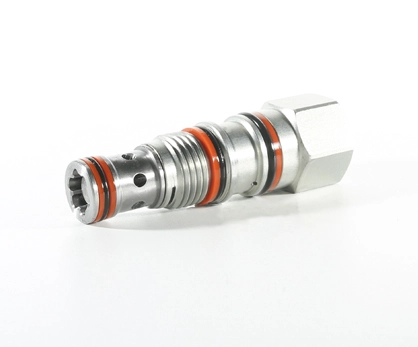FAQs about Pilot to Open Check Valves
How does a Pilot-To-Open Check Valve function in the context of industrial fluid control systems?
A Pilot-To-Open Check Valve in industrial fluid control systems opens when a pilot pressure is applied, allowing fluid to flow in one direction. When the pilot pressure is absent or insufficient, the valve remains closed, preventing backflow.
What are the common applications and industries that benefit from the use of Pilot-To-Open Check Valves in their processes?
Pilot-To-Open Check Valves provided by cartridge valve manufacturers are commonly used in industries like oil and gas, chemical processing, and water treatment. They benefit applications where controlled fluid flow in one direction is crucial, such as preventing backflow in pipelines or regulating pressure in hydraulic systems.
In what ways can digital marketers effectively communicate the advantages of Pilot-To-Open Check Valves to their target audience?
Digital marketers can effectively communicate the advantages of Pilot-To-Open Check Valves by creating clear and visually appealing content. This may include informative videos, infographics, and blog posts highlighting the valves' benefits, such as preventing backflow and ensuring controlled fluid flow. Utilizing targeted online advertising and social media platforms can also help reach the specific audience in industries like oil and gas, chemical processing, and water treatment.
What role does the Pilot-To-Open Check Valve play in optimizing fluid flow and pressure regulation within a digital marketing perspective?
From a digital marketing perspective, highlighting the role of Pilot-To-Open Check Valves in optimizing fluid flow and pressure regulation involves emphasizing their efficiency and reliability. Marketing content can focus on how these valves contribute to seamless industrial processes, ensuring precise control over fluid movement and pressure. Utilizing engaging visuals and case studies can effectively showcase real-world applications and the positive impact on operational efficiency. Emphasizing features like reduced maintenance needs and enhanced system performance can further resonate with the target audience, making the marketing message more compelling.

 English
English 日本語
日本語 français
français Deutsch
Deutsch русский
русский Español
Español italiano
italiano português
português Türkçe
Türkçe Suomi
Suomi norsk
norsk








